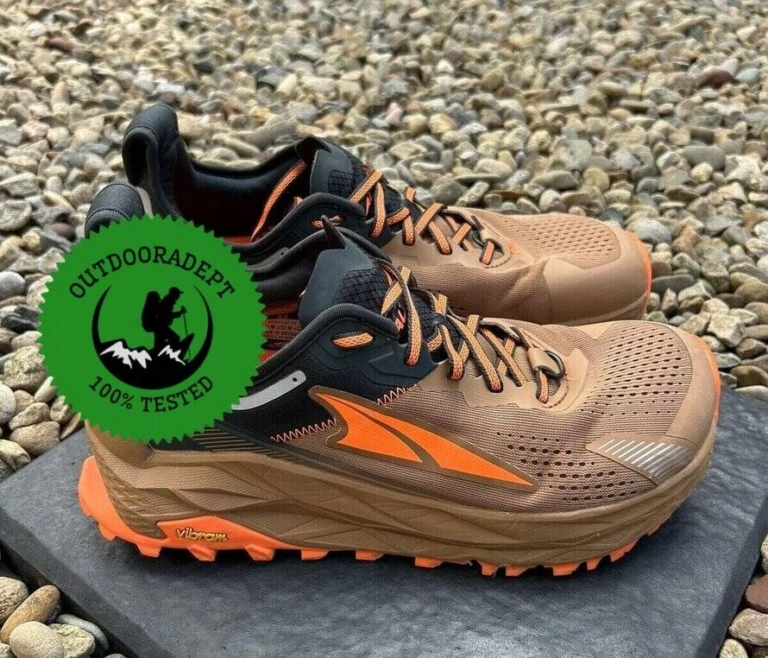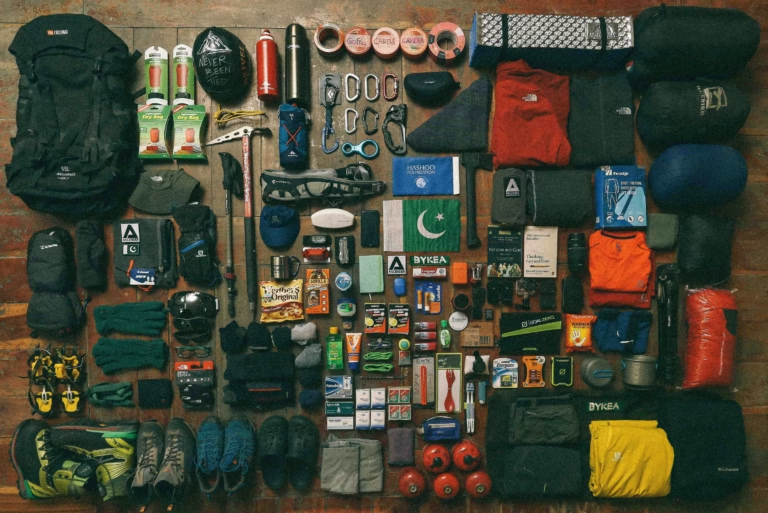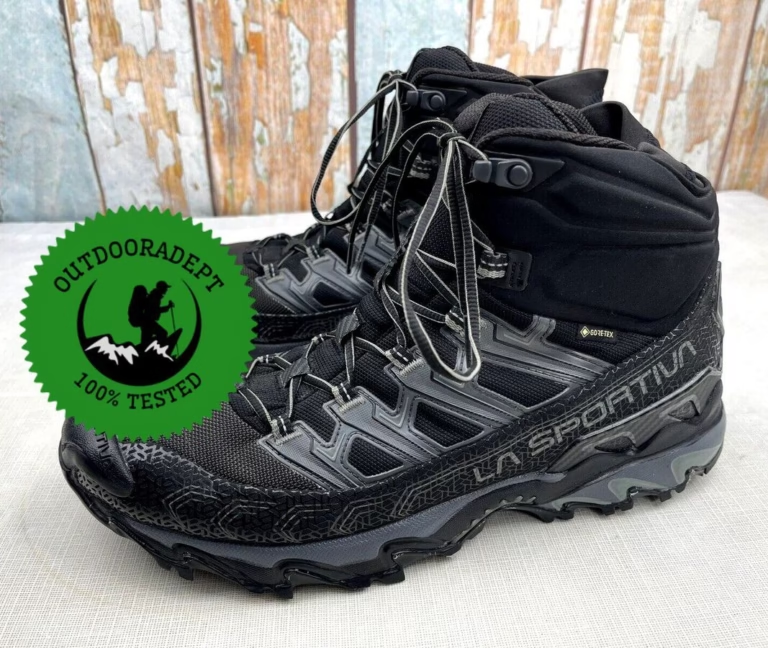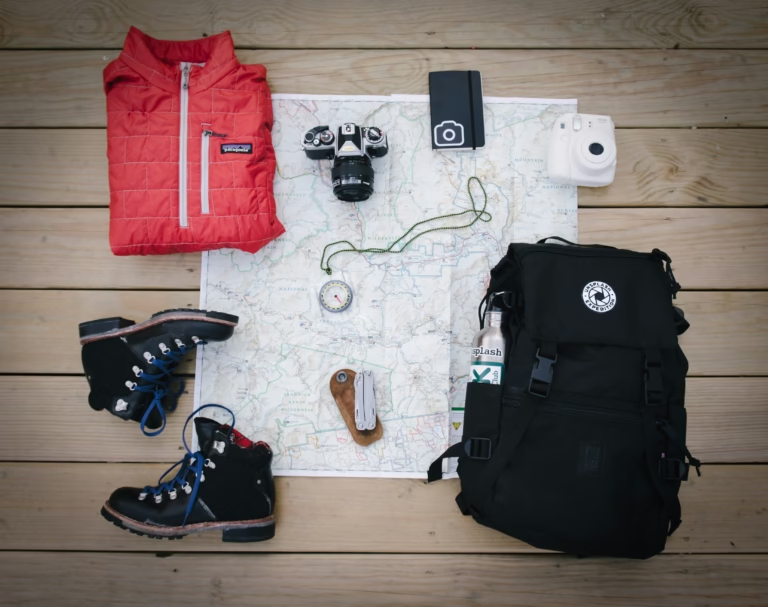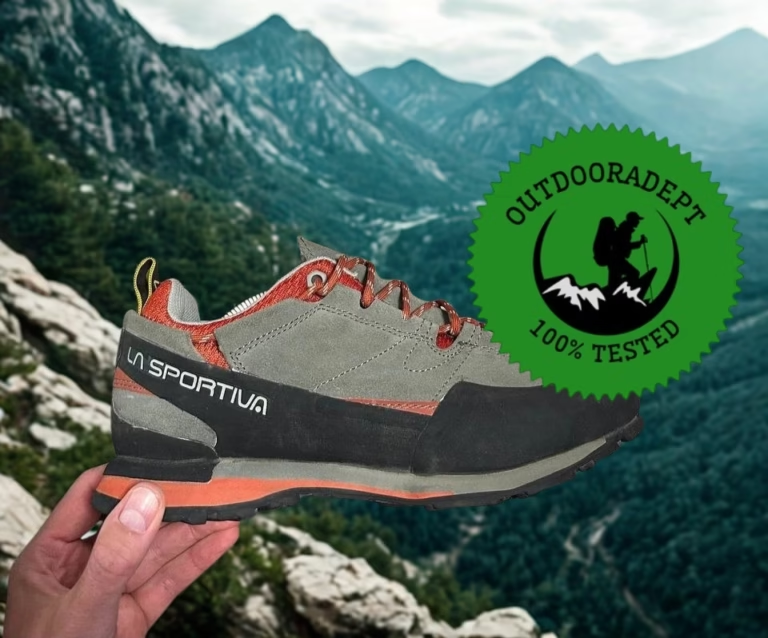Sure! Here’s the rephrased text: Did you know that a whopping 43% of folks who get lost in national parks say it’s because they wandered off the path? That’s what a recent study by Smoky Mountains found.
Getting lost while hiking can happen, but it doesn’t have to become a nightmare. A reliable topographic map, properly understood, can be your key to navigating trails like a pro.
This guide is your ticket to mastering topo maps. We’ll decipher those contour lines, unveil hidden terrain clues, and arm you with the skills to conquer any trail confidently.
No fancy titles here, just years of experience navigating mountains and valleys translated into clear, actionable tips. Let’s get started!
How to Read Topographic Maps?
To read a mountain topographic map well, first, understand contour lines. These lines show the shape of the land—whether it’s flat or hilly. You also need to learn how to read the legend to understand what symbols and colors mean.
At first glance, reading topo maps might appear intimidating, but once you grasp the basics, you’ll wonder why you hesitated.
But First, What Is a Topographic Map?
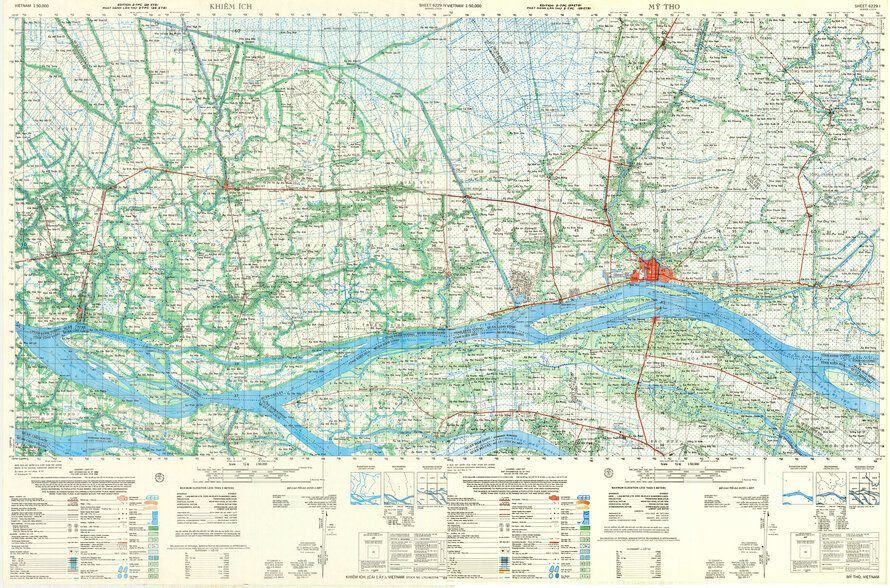
A topographic map is a detailed representation of the Earth’s surface, showing elevation changes, contours, and features such as rivers, roads, and vegetation. It provides valuable information for navigation, land planning, engineering, outdoor recreation, and environmental analysis [1].
To read a simple topographic map, you need to know what it’s made of. So, here’s where we start.
Understand Contour Lines
Contour lines are the most important feature of a topographic map. They represent lines of equal elevation. Each contour line connects points of equal elevation, so if you were to walk along a contour line, you would neither ascend nor descend.
- Closer contour lines on a topographic map indicate steeper terrain, while wider-spaced lines indicate flatter terrain.
- Contour lines never cross, merge, or split. They form closed loops around hills or basins.
How to Map the Terrain?
- Hills and mountains: Peaks are represented by closed loops of contour lines, with the highest point inside the loop. Look for circles getting smaller inside each other. The closer the circles, the higher the peak. Imagine a bullseye – the smaller the center, the taller the mountain!
- Valleys: Valleys are represented by V-shaped contour lines, with the V pointing uphill. The wider the V, the steeper the downhill slope.
- Ridges: Imagine fingers extending outwards from a hand. These “spur lines” show higher ground-like ridges jutting out from the main terrain.
- Low points: Look for small dashes inside a closed circle. These mark depressions like valleys or sinkholes lower than surrounding areas. Think of a bowl – the dashes inside the circle indicate a dip in the terrain.
How to Find the Elevation on a Topographic Map
Now that you know how contour lines reveal the terrain’s ups and downs, let’s dive into finding specific elevations on your map.
1. Find the index contour: Every few contour lines, you’ll encounter a thicker one with hash marks – the index contour. Look for its elevation number printed somewhere along the line, usually outside the map’s main area. This number is your key reference point.
2. Count your way up (or down): Imagine each contour line as a tiny elevation step. Starting from the index contour, count the lines up if you’re looking for a higher elevation or down if you’re aiming for a lower one.
3. Remember the interval: Each map has a contour interval, which tells you the elevation difference between any two contour lines. This information is usually found in the map’s legend. For example, an 80-foot interval means each line represents an 80-foot elevation change.
4. Calculate and conquer: Multiply the number of lines you counted (step 2) by the contour interval (step 3) and add/subtract the result from the index contour’s elevation (step 1). This gives you the elevation you’re looking for!
Here’s an example:
- You’re standing at an index contour labeled 1000 feet.
- You want to know the elevation of a point 3 lines up the slope.
- The map’s contour interval is 40 feet.
So, the elevation you’re looking for is 1000ft (index contour) + (3 lines * 40ft/line) = 1120ft.
Bonus Tip: Some terrain maps might have supplementary elevation numbers scattered throughout, especially at key points like trailheads or summits. Use these to double-check your calculations or find specific elevations quickly.
Read Other Important Elements
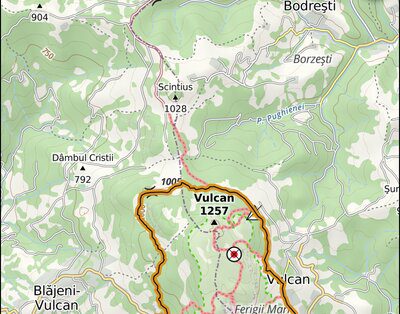
You’ve mastered contour lines, but there are other crucial elements on your topographic map you need to grasp.
1. Scale: Think of this as a mini measuring tape printed right on the map. It tells you the distance in real life represented by every inch on the map. For example, a 1:24,000 scale means one inch on the map equals 24,000 inches (2,000 feet) on the ground. This helps you estimate distances and plan your route effectively.
2. General location: This usually appears in a corner, pinpointing your map’s specific area within a larger region. I like to picture it as a zoomed-in picture within a bigger photo album. Knowing your general location helps you orient yourself and connect your map to other resources.
3. Next adjacent quadrangle map: Ever wondered what lies beyond the edges of your map? Look for this information, indicating the neighboring map that picks up where yours ends. I usually use multiple maps when planning a multi-day backpacking trip, and this feature helps keep me organized.
4. Magnetic declination: This might sound fancy, but it’s simply the difference between true north (based on the Earth’s magnetic poles) and magnetic north (shown by your compass). I check declination every time I use a compass, as it helps adjust my readings and stay on track.
5. Latitude and longitude: Imagine a giant grid covering the Earth. These lines, like addresses for any point on the globe, help you pinpoint your exact location and share it with others. If you get lost but communication with your group remains open, this is your best chance of being located fast. For me, it was a lifesaver on a particularly foggy hike when visibility dropped to almost zero in minutes.
6. Colors on a topo map: Not just for decoration! Different colors often represent different types of terrain. For example, on most maps, brown indicates mountains, green is forests, and blue represents water bodies [2].
7. Boundaries: These lines mark important demarcations like national park borders, property lines, or restricted areas. Knowing these boundaries helps you stay within legal limits and respect protected areas during your adventures. Check out this article to learn more about discreet camping in restricted campgrounds.
8. Benchmarks: Lastly, you’ll find these fixed elevation markers on the ground, often marked with a symbol on the map. Knowing their exact elevation helps you calibrate your altimeter or double-check your calculations for added accuracy.
Bonus Tip: Don’t just read – practice! Grab a sample map and try identifying these elements. The more familiar you become, the more confident you’ll feel using them in the field.
What Does a Topographic Map Show?
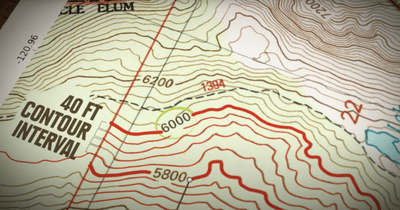
A topographic map shows the shape of the land, like hills, valleys, and mountains. It uses contour lines to display elevation changes, so you can see how steep or flat the terrain is. It also marks landmarks, such as rivers, roads, and buildings.
With this map, you can plan hiking routes, find the best paths, and understand the landscape’s features without actually being there. Topo maps are handy for outdoor activities like camping, hiking, and exploring nature.
Where to Get Topo Maps?
You can get topographic maps from various sources, including government agencies, online mapping platforms, outdoor retailers, libraries, and specialized map stores. Here are my go-to sources:
1. Government agencies: Many countries have national mapping agencies that offer a wealth of topographic maps. In the US, the U.S. Geological Survey (USGS) is your best source. They provide free digital downloads and sell printed maps through their online store. I snagged my Grand Canyon map directly from the USGS website, saving me time and money!
2. Local Retailers: Outdoor gear stores and bookstores often carry a selection of popular topographic maps for your region. The advantage? You can browse and hold the map in your hands before buying, getting a feel for the scale and coverage. Plus, supporting local businesses is always a bonus!
3. Online Retailers: Major online retailers like Amazon and REI offer a vast selection of topographic maps from various publishers. The convenience of home delivery is undeniable, but be sure to check shipping costs and delivery times before hitting “purchase.”
4. Mobile Apps: Ditch the paper and go digital! Several apps allow you to download and view topographic maps on your phone or tablet. Some even offer offline access and GPS tracking features, turning your phone into a versatile navigation tool. I always download the map for the area I’m exploring beforehand, ensuring I have access even if there’s no signal. Make sure you do the same.
Bonus Tip: Before you buy, check the map’s publication date. Outdated maps might have inaccurate information or missing trails. Look for the latest edition to ensure you have the most up-to-date picture of the terrain.
References:
- https://www.usgs.gov/faqs/what-a-topographic-map
- https://www.scouterlife.com/blog/2022/5/9/colors-on-a-topographic-map



